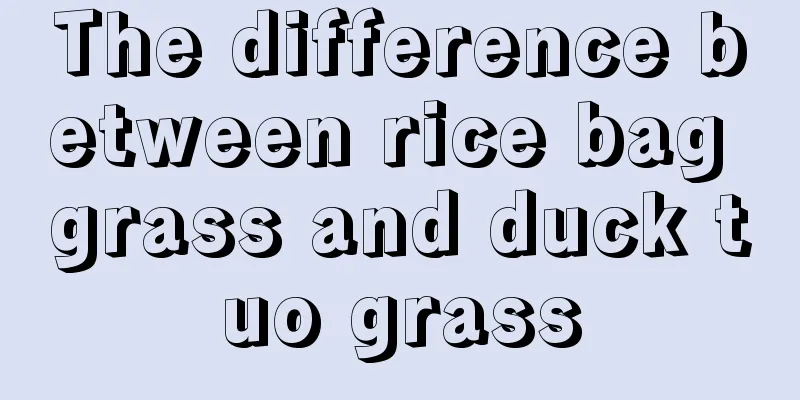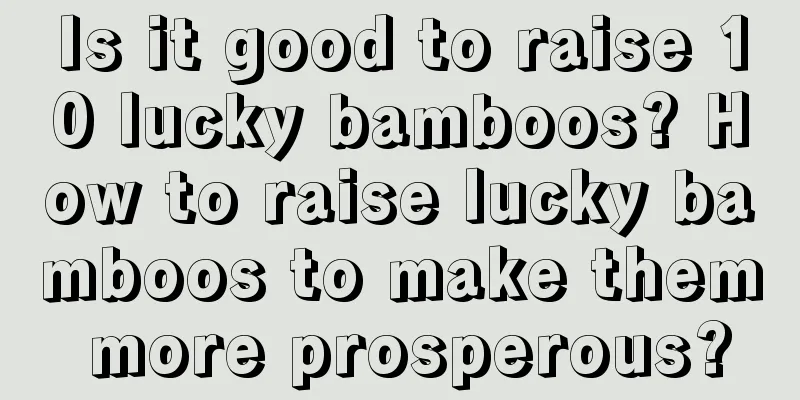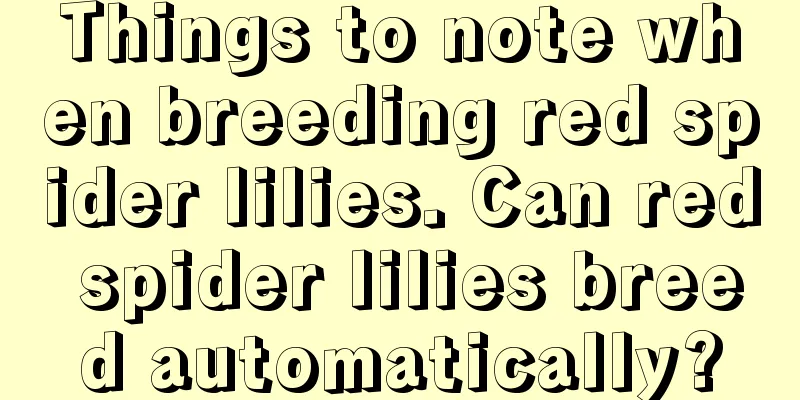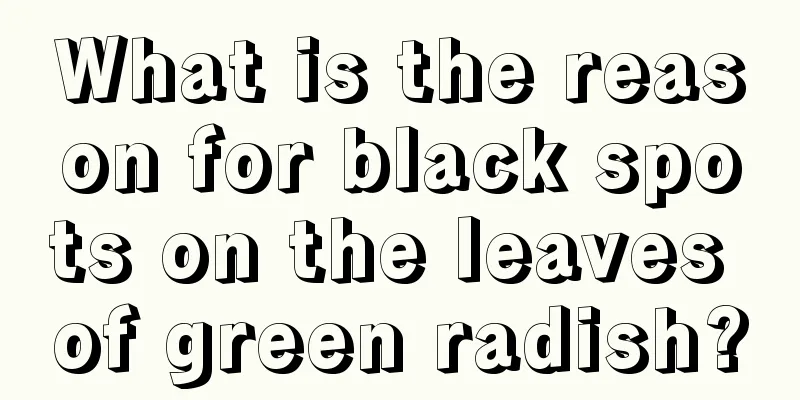The difference between rice bag grass and duck tuo grass

Difference 1: Leaf petioleEveryone knows that there are petioles on the leaves, but the length or shape of the petioles is different for each plant, and the same is true for rice bag grass and duckweed. The petiole of the rice bag grass is very obvious and slightly longer; while the petiole of the duckweed is almost non-existent, and the leaves are directly connected to the stem. Difference 2: The handle of the involucreMost flowers are generally connected to the stem by the stalk of the involucre, but the involucre of the rice grass is directly connected to the stem without a stalk; the involucre of the duckweed is connected by a stalk, and the stalk is relatively long. So this is also an observation point. Difference 3: Flower colorWhat often confuses people may be the color of the flowers, because they are all blue and the difference in shade is not much. However, the three petals of the rice bag grass are all blue, and the filaments in the stamens are also blue; the two petals of the duckweed are blue, but the petal near the bottom of the petal is white, and the filaments are also white. Difference 3: FruitWhen the fruit is produced by the rice bag grass, there are three fruit chambers, two of which contain two fruits, which are what we often call seeds; when the fruit is produced by the duckweed grass, there are only two fruit chambers, each of which contains two seeds. After reading the above differences, have you learned how to identify them? In fact, it is very simple. To sum it up, you need to look at the petiole, then the petiole of the involucre, then the flower, and finally the fruit of the flower, which is the seed. The easiest way is to look at the flowers as soon as you see it, because the fundamental difference between them lies in the flowers. As long as the filaments are white, it is duckweed, and if the filaments are blue, it is rice bag grass. That’s all I’m going to introduce to you this time. In short, as long as you pay more attention to the flowers and plants around you, you will still see a lot of interesting things! |
>>: Cultivation methods and precautions of Yingmingyu
Recommend
How to propagate cosmos
Seed propagation of cosmos Sowing is a common met...
How many years does it take for loquats to bear fruit? How long does it take for them to bloom and bear fruit?
Introduction to loquat planting Loquat likes warm...
What is the difference between the leaves of yellow jasmine and white jasmine?
1. Difference of blades 1. Difference in shape: T...
How to propagate millet star succulent plants
How to grow millet star succulent The millet star...
Can carbendazim be used to water anthurium?
Can Anthurium be watered with carbendazim General...
Causes and treatments for yellowing leaves of Jade Plant
1. Lack of sunlight 1. Reason: Jade plants like s...
Does the red spider lily like water? How to water the red spider lily?
1. Do you like water? Red spider lily does not li...
Where is plum blossom suitable for growth? Where does it usually grow?
Where do plum blossoms grow? Plum blossoms are su...
How to plant ivy
1. Time Selection It is easier to root and easier...
What are the functions of mugwort? Are mugwort and wormwood the same?
1. Function Mugwort has a wide range of uses. Fir...
How to shape potted asparagus fern into beautiful pictures (how to trim asparagus fern into shape)
How to shape potted asparagus fern Asparagus fern...
Can mango trees be planted in the south?
Can mango trees be grown in the south? Mangoes ca...
Is Wisteria easy to grow?
Wisteria is a very easy plant to grow. It has str...
Environmental conditions and characteristics of wolfberry growth
Environmental conditions and requirements for wol...
When and how to plant lentils
Lentil planting time The lentil prefers a warm gr...









